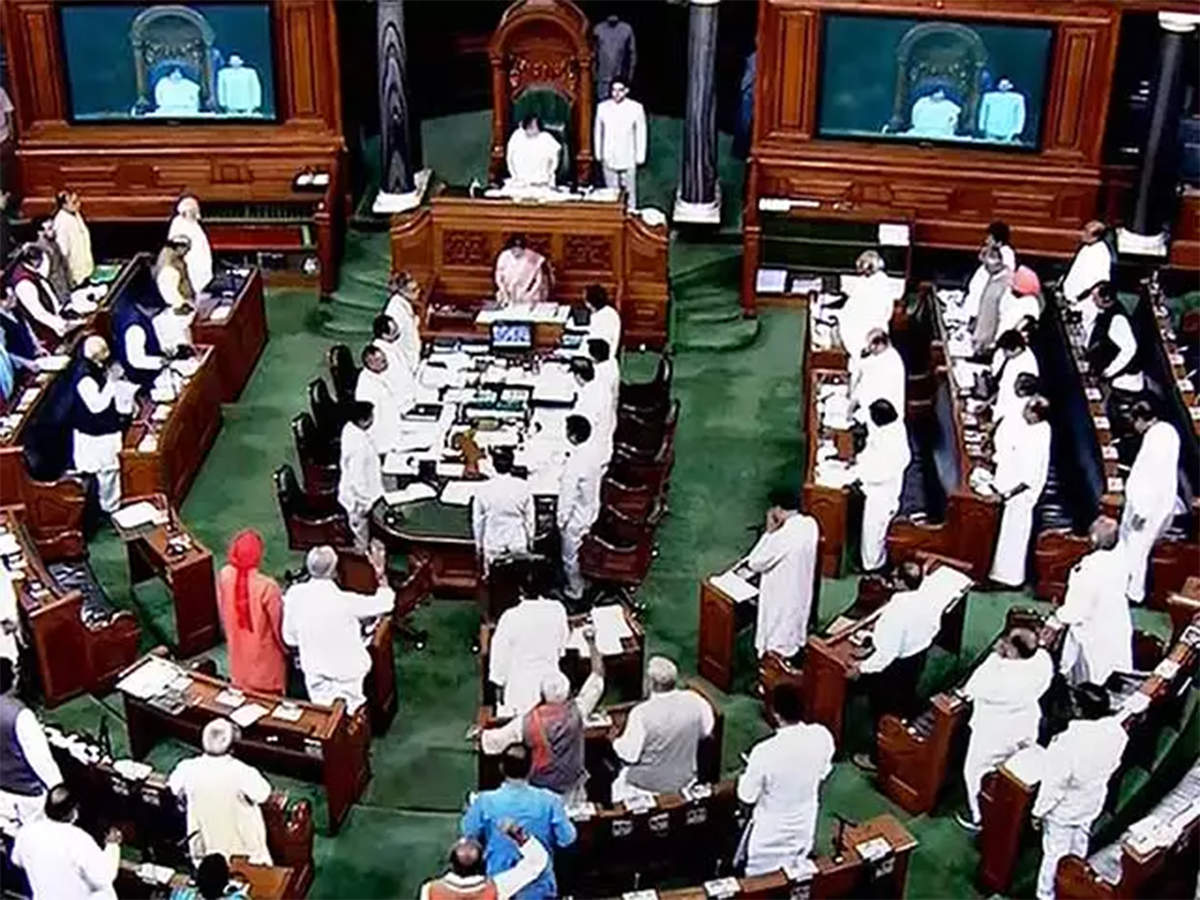Shreya Varanasi, Pune
‘INDIA’ coalition, which was formed less than ten days ago, moved a no-confidence motion against PM Narendra Modi’s government in the Lok Sabha on Wednesday with the hopes of getting PM Modi to address the violence in Manipur. Lok Sabha Speaker Om Birla accepted the opposition Indian National Developmental Inclusive Alliance INDIA’s notice for the no-confidence motion, which was submitted by Congress lawmaker Gaurav Gogoi. A separate no-confidence notice was also submitted to the Speaker by Bharat Rashtra Samithi (BRS) floor leader Nageshwar Rao.
Speaking about the motion, Gaurav Gogoi told ANI, “We want to tell PM Modi to come to the Parliament and address the nation as this matter is not about Manipur alone anymore, but it has spread over to other states as well. In the interest of national security and integrity of the country, the PM should address the country from inside the Parliament…”
As PM Modi will soon have a floor test for the second time, here’s all you need to know about the No-Confidence motion
What is a no-confidence motion?
A no-confidence motion is a parliamentary procedure that allows the opposition to challenge the government’s majority. When the Speaker accepts the motion, the government has to prove its majority. If the motion passes, then the government has to resign.
Who can move a no-confidence motion?
Any Lok Sabha member can move a no-confidence motion against the government. However, this must be supported by at least 50 members of the House. When the notice is accepted, the Speaker allows a day(s) or part of a day for the discussion of the motion.
What happens next?
Currently, Lok Sabha Speaker Om Birla has accepted the motion but is yet to decide the date and time for the debate regarding the motion. During the debate, the government will respond to the motion, and then the opposition can also speak on the motion. Later, it will be voted on by the members. The motion will be passed if the majority of members of the House support it.
Previous no-confidence motions
Since India’s independence, there have been 27 no-confidence motions in the Lok Sabha, with the first against Prime Minister Jawaharlal Nehru by Congress leader Acharya Kripalani in 1963 when India lost to China in the 1962 war. Former Prime Minister Indira Gandhi faced the 15 no-confidence motions. However, she survived each one of these floor tests. Lal Bahadur Shastri’s no-confidence motion was the longest debate lasting for 24 hours, but he proved his majority thrice in the House. In 2018, the opposition NDA had moved a no-trust motion against PM Modi, which was defeated.
